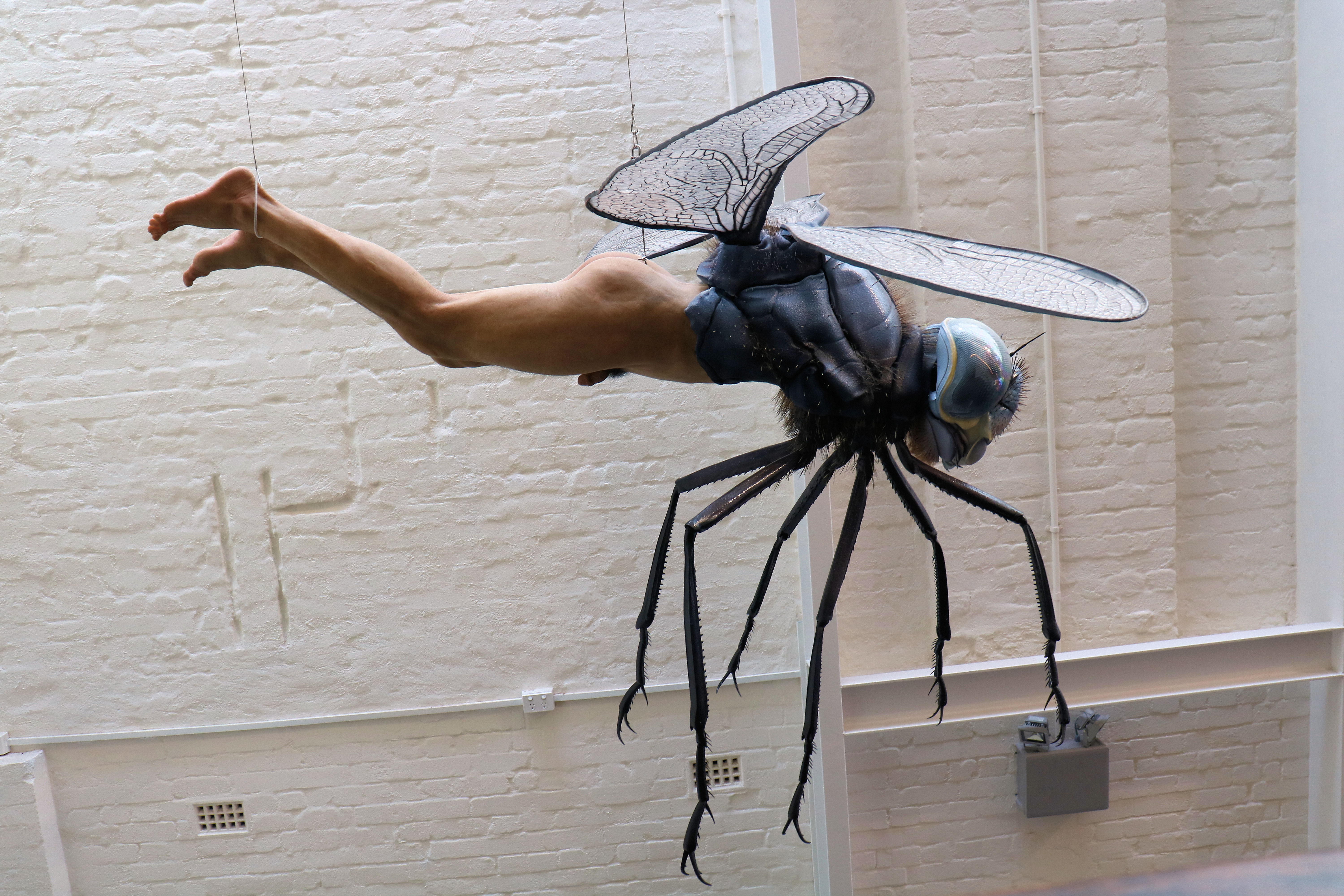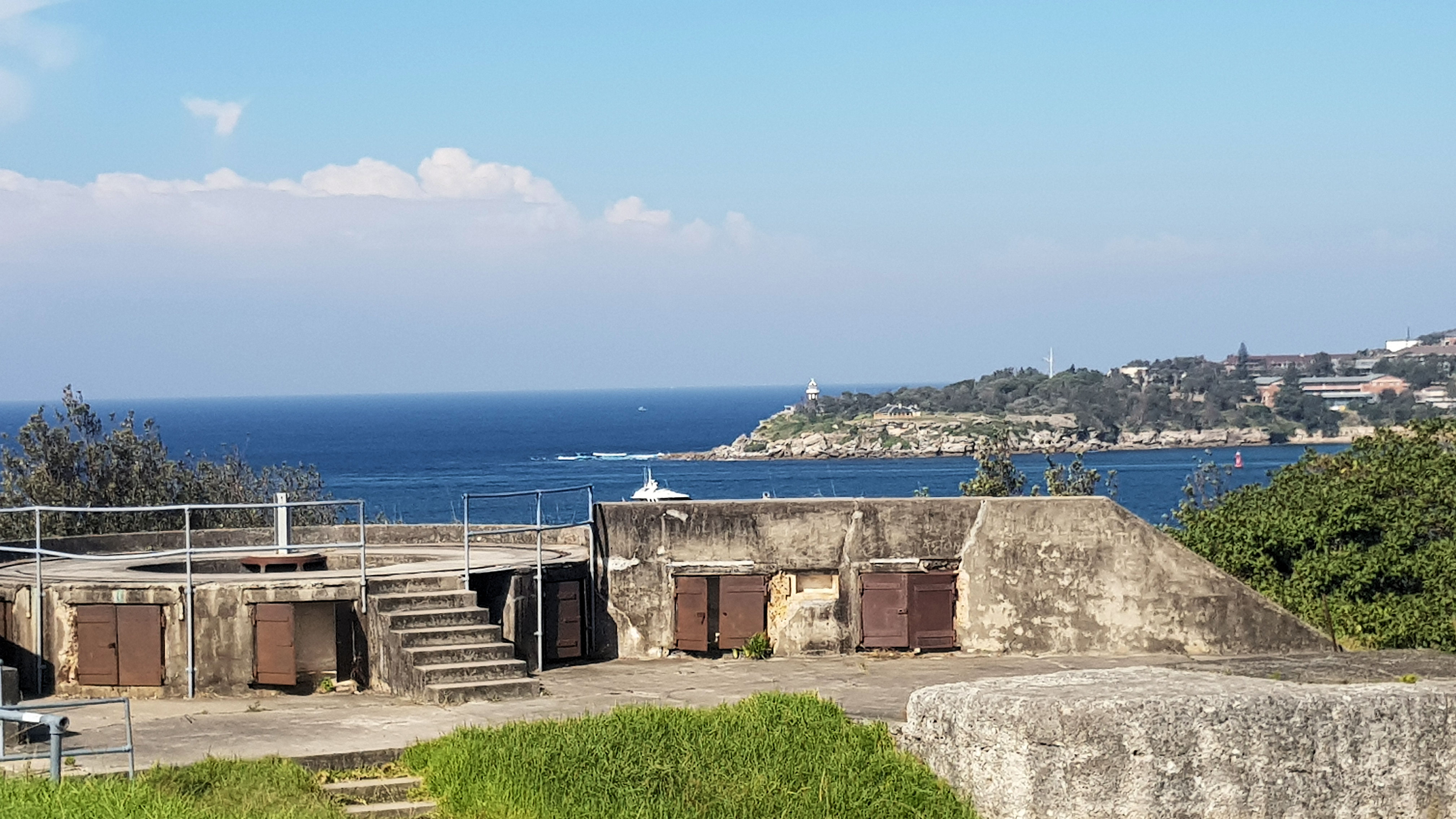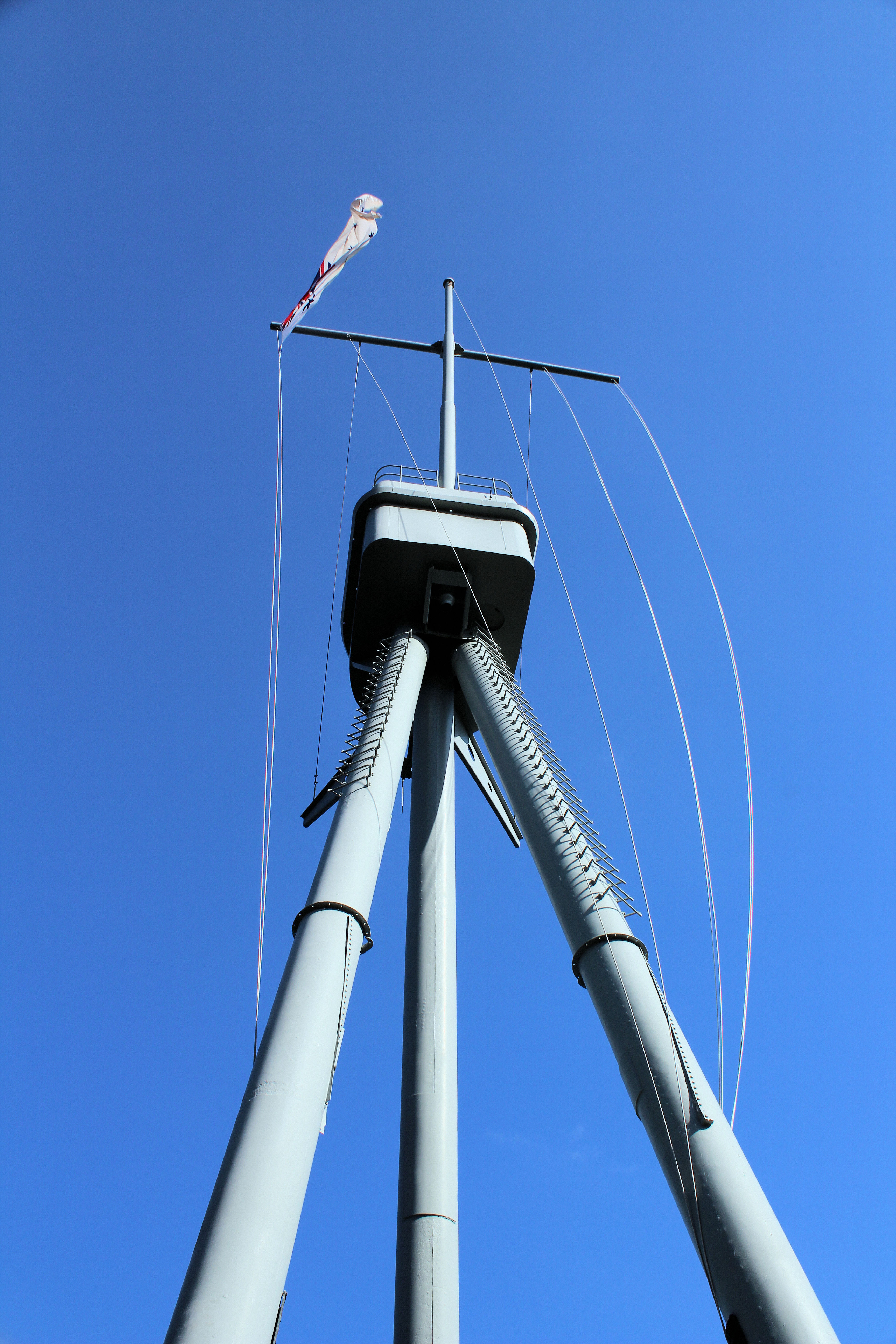Tag: NSW
-
White Rabbit Gallery Ultimo Sydney

White Rabbit Gallery is a great little gallery in the heart of Sydney. Specialising in contemporary Chinese art its three floors are full of amazing works from paintings and sculptures to surrealist works. Entrance is free and with a cafe on site, specialising in Chinese teas and dumplings, there are refreshments available once you finish… Read more
-
Middle Head Sydney Harbour

Middle Head Middle Head on Sydney Harbour houses the remains of Sydney’s original fortifications. Designed to repel an invasion from the sea, these huge concrete structures no longer have their guns, but remain as a reminder of times when Australia thought it was going to be invaded. The Royal Australian Navy still has a presence… Read more
-
Bradleys Head

Bradleys Head Many people using Sydney Ferries will have past Bradleys Head with its mast from HMAS Sydney, but many will not know its significance. This small headland holds memorials to the Royal Australian Navy ships lost during wartime. The RAN considers this location the pre-eminent naval memorial in Australia. HMAS Sydney Mast and Associated… Read more